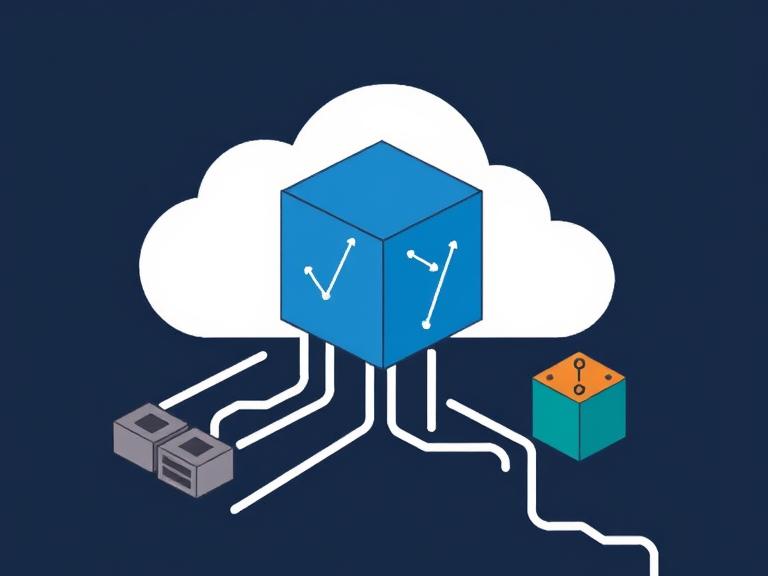Terraform is an open-source tool developed by HashiCorp that allows you to define and provision cloud infrastructure using a declarative configuration language. It’s a cornerstone of Infrastructure as Code (IaC), enabling automation, consistency, and scalability in cloud environments.
Why use Terraform?
- Avoid manual configuration and human error.
- Maintain version-controlled infrastructure.
- Automate deployments across multiple cloud providers.
Terraform works with providers such as AWS, Azure, Google Cloud, and even Kubernetes and on-prem solutions.
Basic concepts:
- .tf files: Define infrastructure in HashiCorp Configuration Language (HCL).
- Resources: Cloud components like EC2 instances, VPCs, databases.
- Modules: Reusable blocks of code for common configurations.
- State files: Track current infrastructure state to manage changes.
Example:
hclКопироватьРедактироватьprovider "aws" {
region = "us-west-2"
}
resource "aws_instance" "web" {
ami = "ami-0abcdef1234567890"
instance_type = "t2.micro"
}
Workflow:
terraform init– Initializes the project.terraform plan– Shows changes Terraform will make.terraform apply– Provisions the infrastructure.terraform destroy– Tears down infrastructure.
Terraform makes cloud management predictable and scalable. It’s essential for DevOps engineers, SREs, and cloud architects who want to automate infrastructure and adopt modern cloud practices.


Leave a Reply